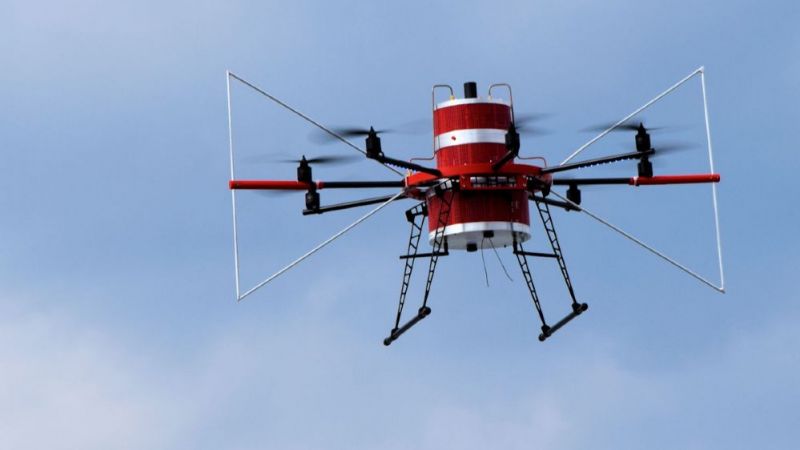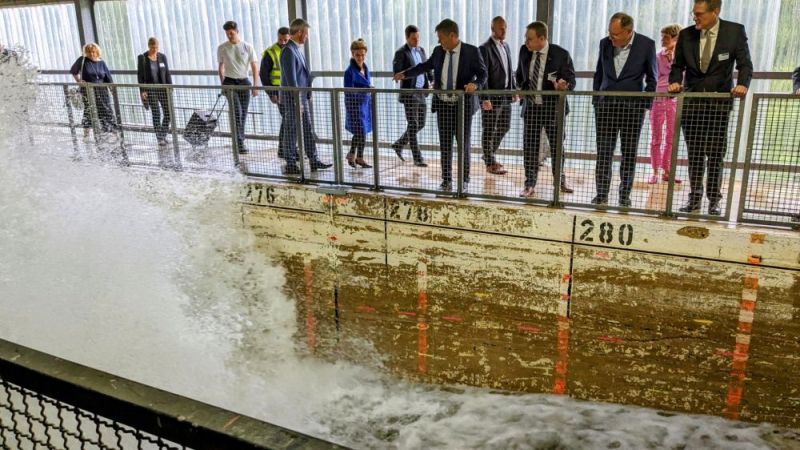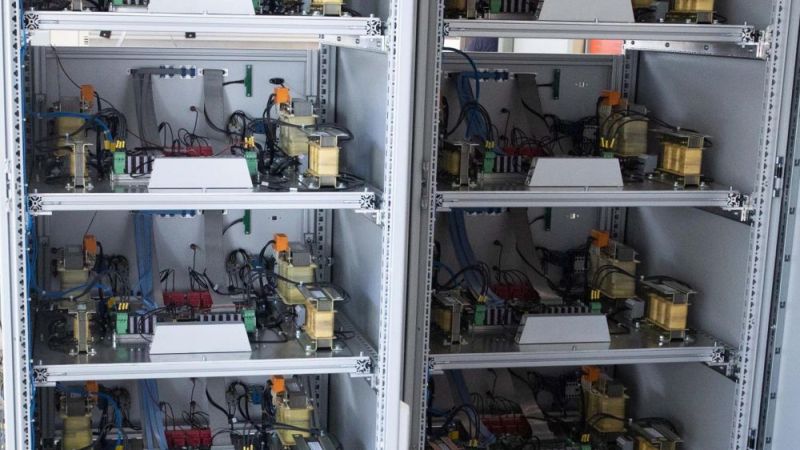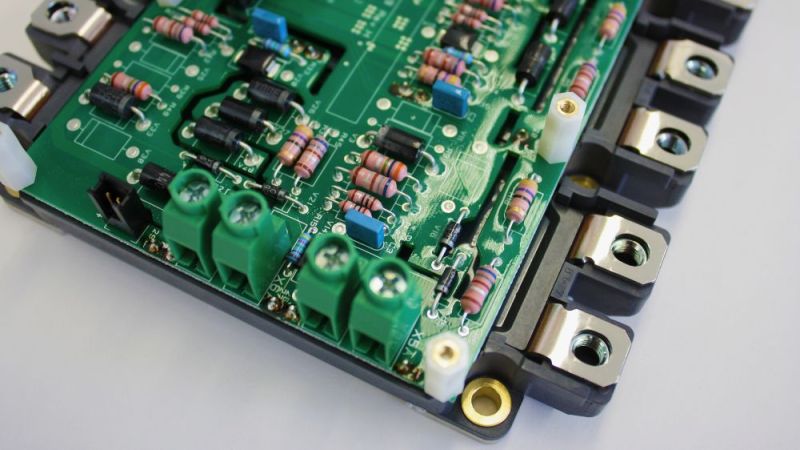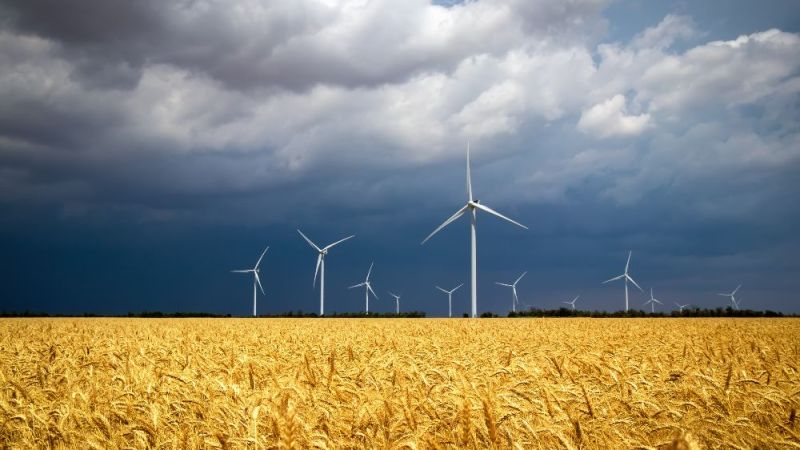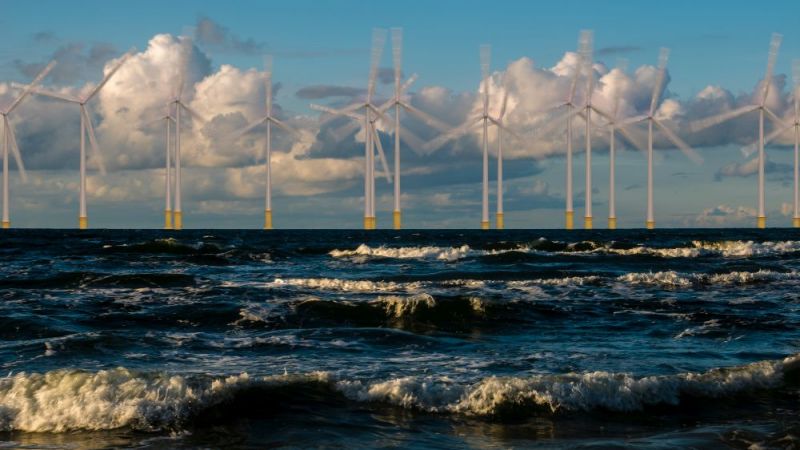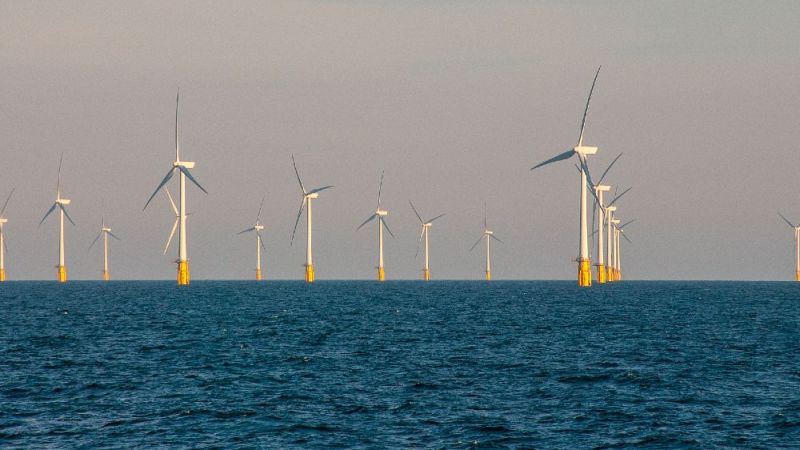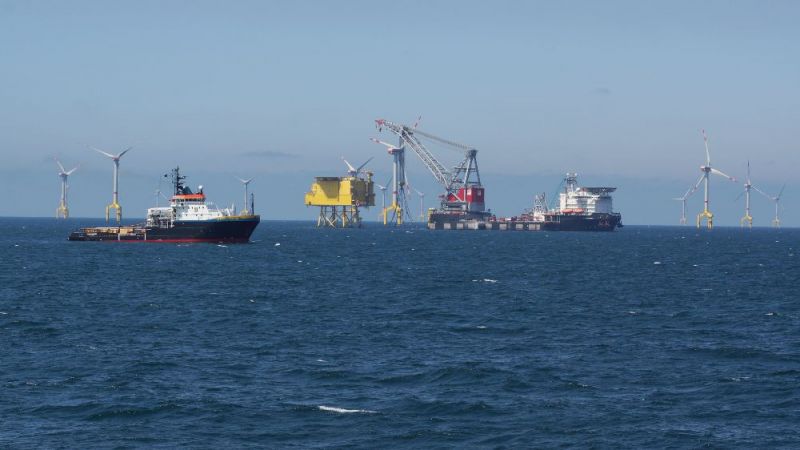Wind power
First wind energy test field in mountainous terrain worldwide approved
Here, researchers can optimise the plant engineering and control system of wind turbines for use in complex terrain.
The Center for Solar Energy and Hydrogen Research Baden-Württemberg (ZSW) is building the world's first test field for wind turbines in mountainous and complex terrain as part of the WINSENT research project. WINSENT stands for "Wind Science and Engineering in Complex Terrain" and is funded by the German Federal Ministry for Economic Affairs and Energy (BMWi) within the 7th Energy Research Programme. The project has now cleared a decisive hurdle: approval under the German Federal Immission Control Act. The ZSW and its six research partners, affiliated in the south German wind power research cluster WindForS, can now start with erecting the research wind turbines and commence their tests.
Developing more robust plants
As wind power continues to expand, locations that are wind-friendly - that is, locations that are suitable for the use of wind turbines - and easily accessible are becoming rarer, which means that expansion is increasingly taking place in complex terrain. The operation is much more demanding there: Yield forecasts are more uncertain due to the turbulent flow and wind conditions over irregular terrain. Furthermore, the mechanical stresses on the wind turbines and the maintenance costs are higher. As this negatively impacts economic efficiency, the project partners want to develop more robust plants on the test site that are at the same time quieter, more durable and more powerful. They should also be able to be coupled well with energy storage systems.
Ideal location with turbulences and flows
The wind energy test field is located in the Swabian Alb. The average annual wind speeds here are sufficiently high and show strong turbulence and changing oblique flows. They are ideal for developing and testing new technologies for wind turbines in mountainous, complex terrain. There are already two 100-metre high meteorological measuring masts at the location, so far with temporary permission. The project partners now want to erect two further masts of the same height. These record the speed and direction of the wind at a high temporal resolution, as well as air temperature, humidity and pressure. Laser-optical measurement systems record the start-up and follow-up flow of the planned wind turbines, which the project partners now want to erect between two measuring masts respectively. Each plant has an installed output of 750 kilowatts. The rotor diameter is 54 metres, the total height is 100 metres. The wind turbines are extensively equipped with measuring sensors, from the foundation to the rotor blades.
Direct comparison possible
The test field is designed as a platform to support the activities of research and industry. Manufacturers of wind turbines and suppliers, for example, can have technological improvements developed and investigated there in the future: For this purpose, the researchers equip one wind turbine with the respective new developments. The other remains unchanged and serves as a reference. This allows the effectiveness of individual measures to be compared directly. The scientists have unrestricted access to the entire control technology and the design data of the plants. Together with industry, the project partners then hope to transfer the results to large-scale commercial megawatt-class plants at other locations.
The researchers also want to develop a new operational management system that will enable the turbines to react intelligently and more precisely than before to changing wind conditions. Artificial intelligence is also used here: This will improve feed-in forecasts and optimise models for the integration of energy storage systems.


